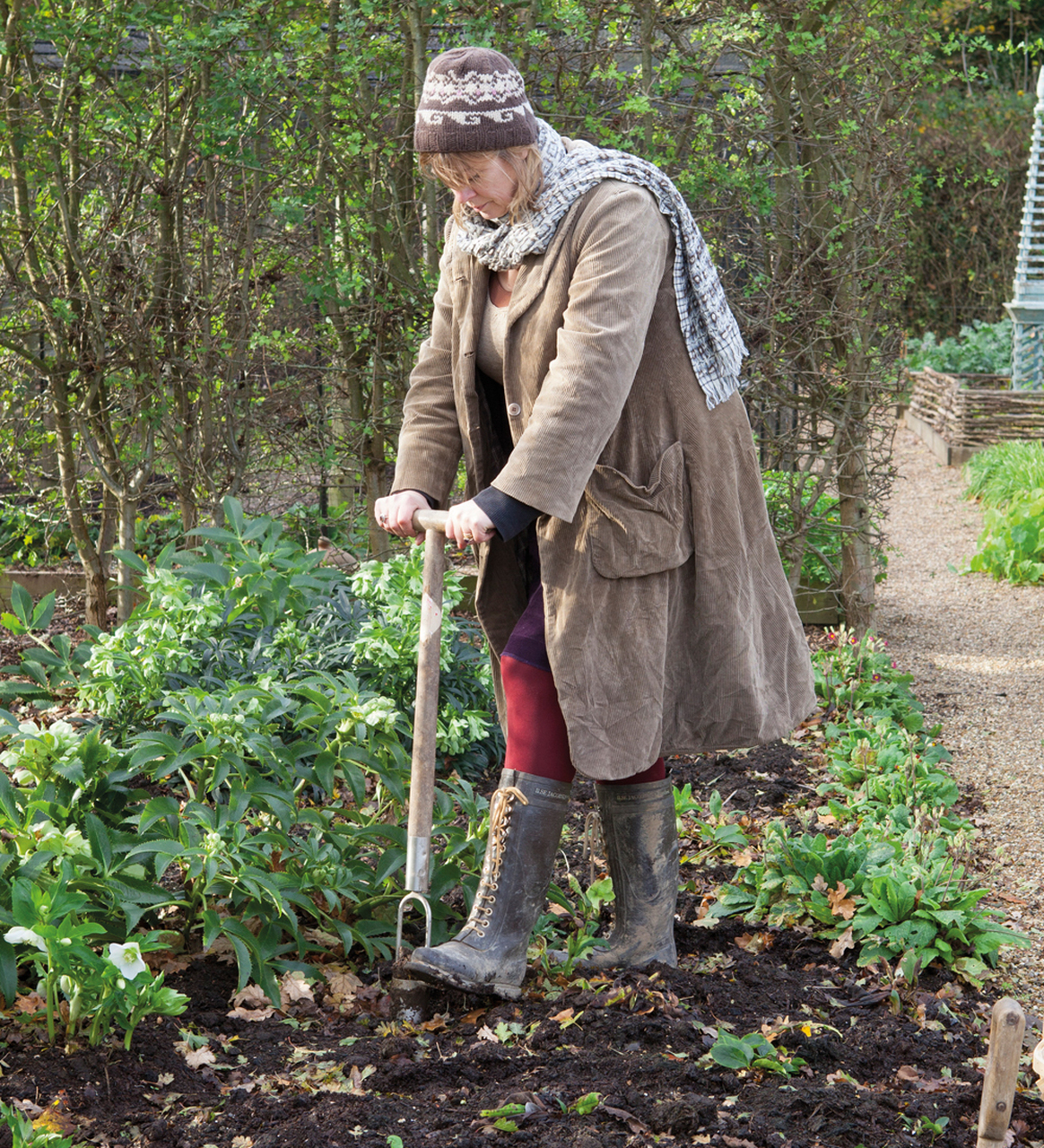identifying your soil type

Soils can be identified in to their general types by the way they feel and respond to handling.
Pick up a handful and squeeze it together. Sand feels gritty and the grains do not stick together when squeezed. Loam feels velvety or flour-like when dry and forms a weak ball shape when wet which crumbles apart when dry. Clay feels sticky, but goes smooth when rubbed. Chalk will have large lumps in it and be hard to mould.
how to work with your soil
The most important thing is to identify your soil type and work with it, remember the golden rule 'right plant, right place' and your plants will thrive. All soil types have their good points and can be improved. Even the best loam soils will benefit from additional organic matter .
heavy, clay soil
This holds water, but also bakes dry in the summer. However, clay is very good at holding nutrients and moisture and very fertile as long as you can break it down with the addition of organic matter and grit. This will enable the roots of plants to get through to the nutrients more easily and of course make planting less back breaking for you. Try and avoid walking on the soil too much as this will compact it.
Plants that grow in these these conditions are - hydrangeas, roses, viburnum, vinca, alchemilla mollis, Primula japonica, astrantia, geraniums, hellebores.
Ones to avoid are plants that require free-draining soil - lavender, salvia, dianthus, erysimum, achillea.
sandy soil
This is usually low in nutrients, and of course dry as it loses water very quickly being particularly free-draining. However, you can improve both of these factors with the addition of organic matter and soil improver and of course, many plants thrive in a free-draining soil. It also warms up quickly in the spring.
Plants that grow well in these conditions are - Iris germanica, Cynara cardunculus (cardoon), verbascum, euphorbia, eryngium, Papaver orientale, hardy geraniums, and most bulbs will like the free-draining sandy soil too, but do not allow it to dry out.
chalky
This is alkaline so will not suit plants that require ericaceous soil. Some soils contain large clumps of chalk, others are a mixture of chalk and clay. It is normally free draining, but may be low in nutrients so as with the other soils the addition of organic matter will help with both the structure and nutritional content of the soil.
Plants that grow well in these conditions are - lavender, philadelphus, viburnums, syringa.
Plants to avoid - anything that requires acid conditions.
normal
Normal, loam soil is the most desirable soil texture for most plant cultivation. This type of soil presents the best conditions for plant growth. It retains moisture without impeding drainage, captures nutrients and allows oxygen to circulate. It normally contains equal quantities of sand, clay, silt, and organic matter.